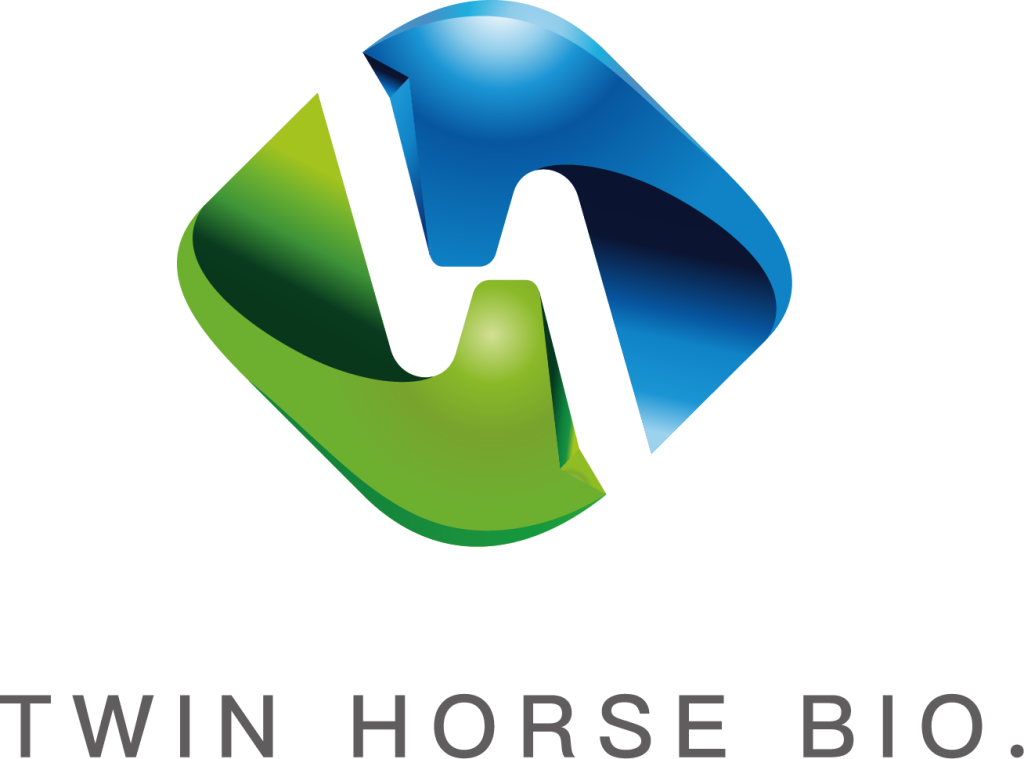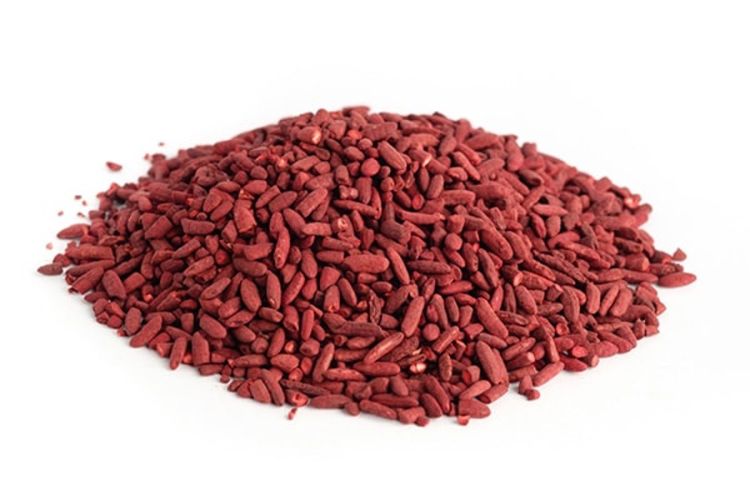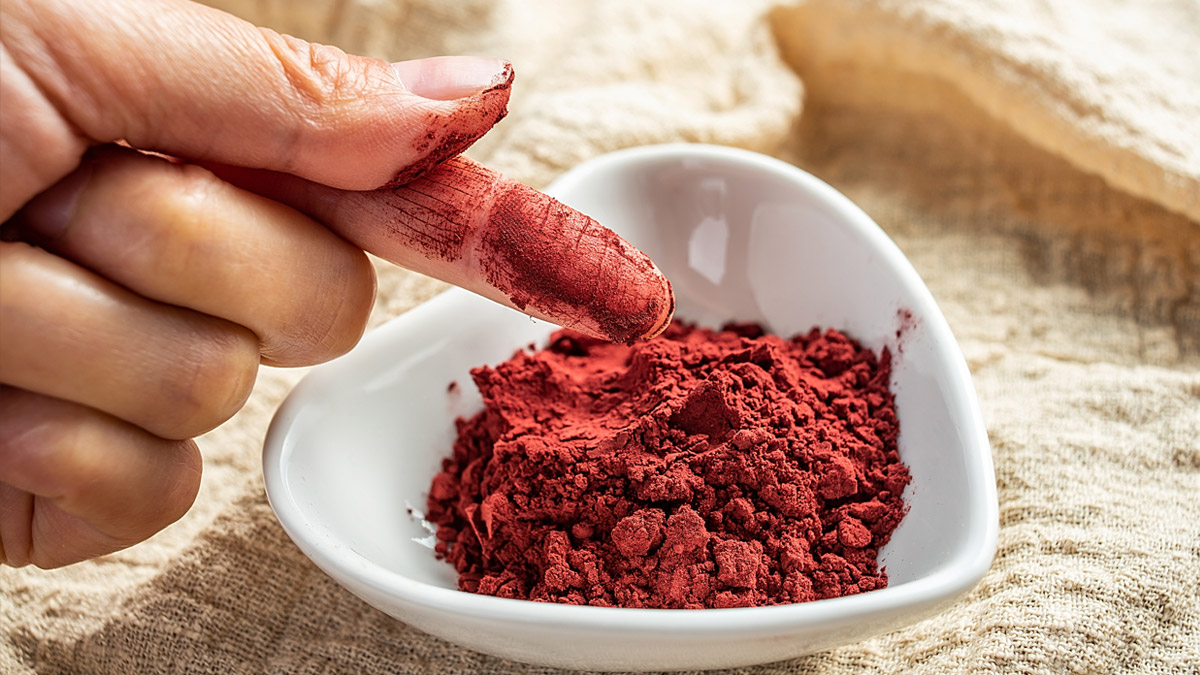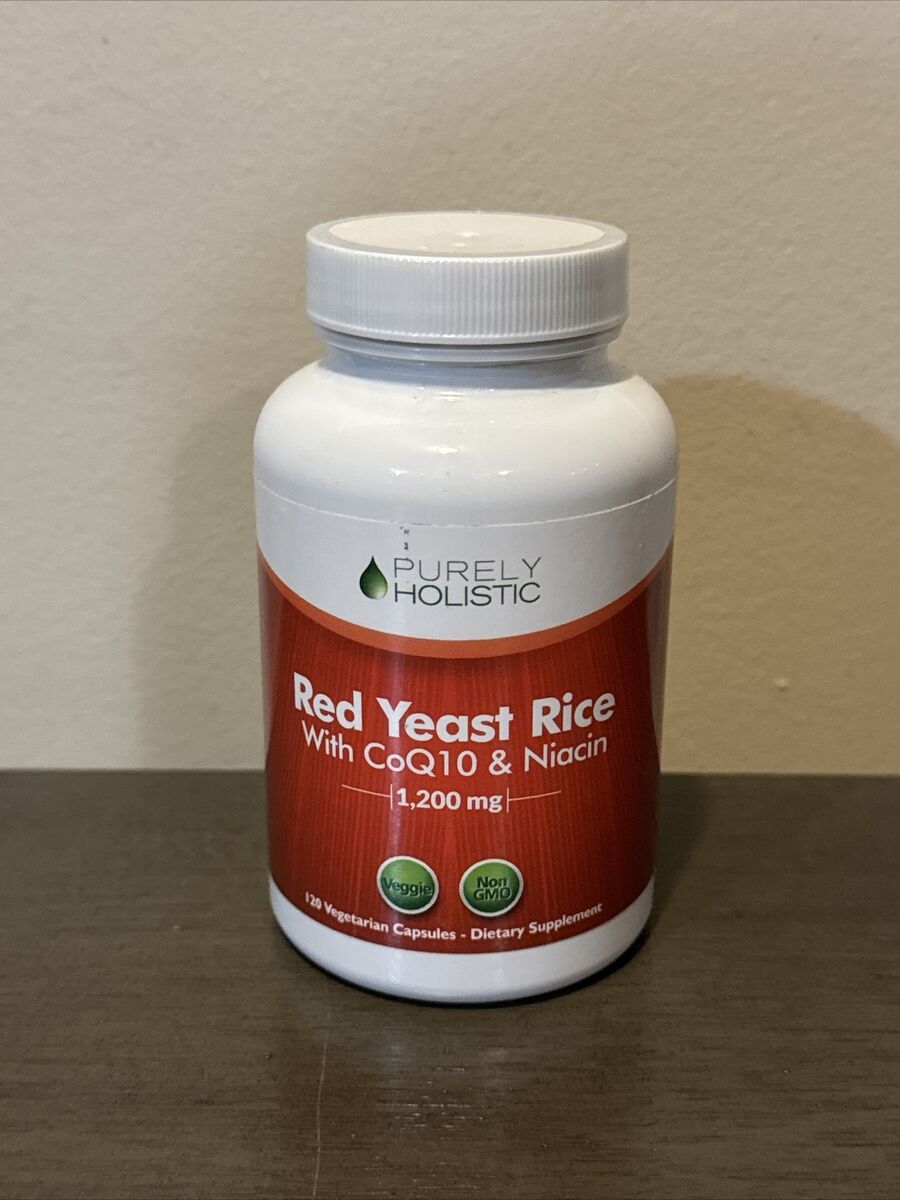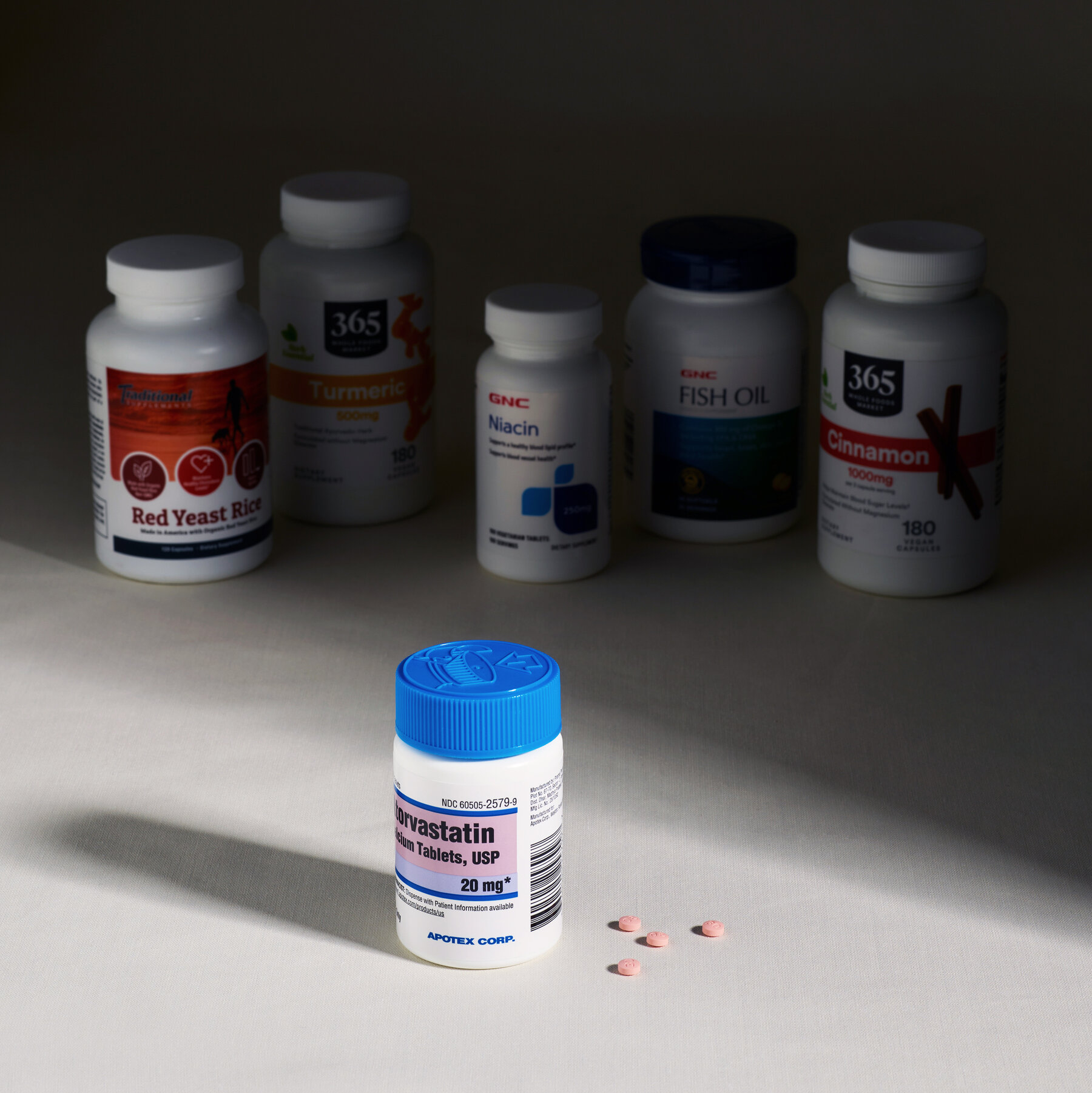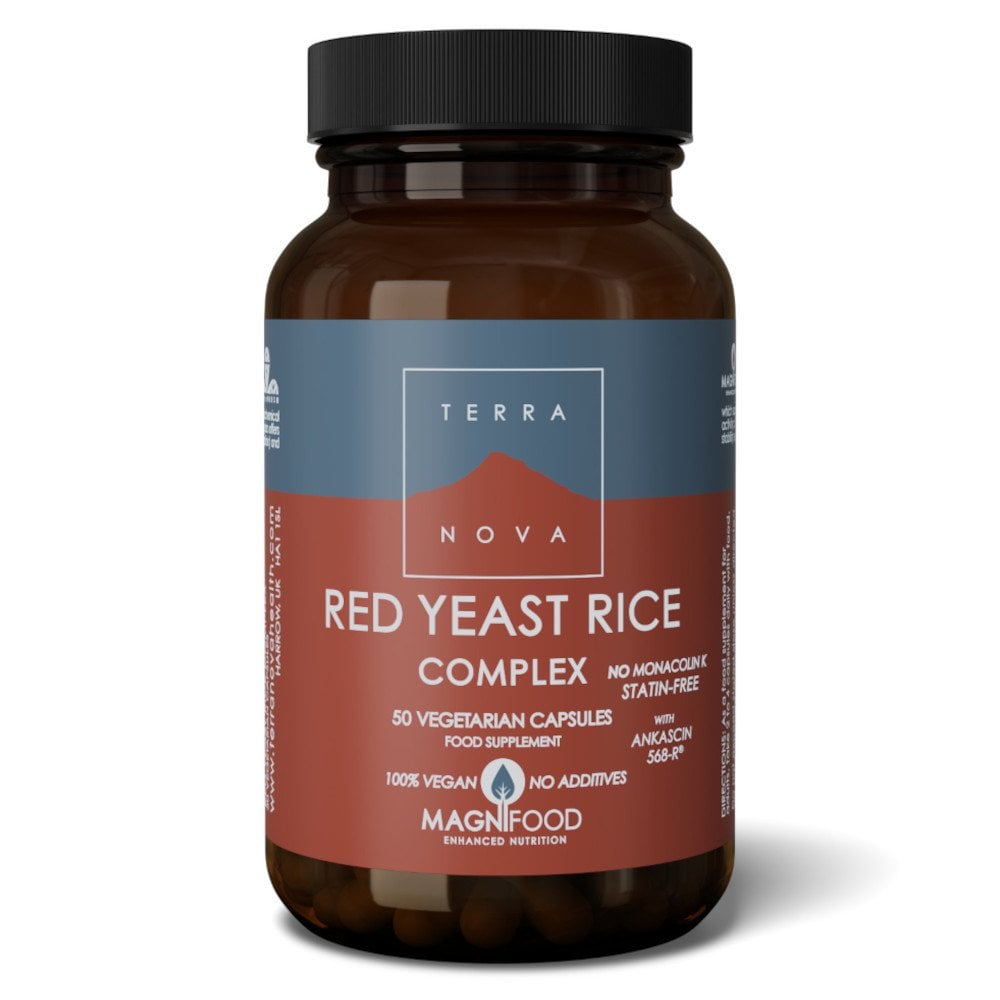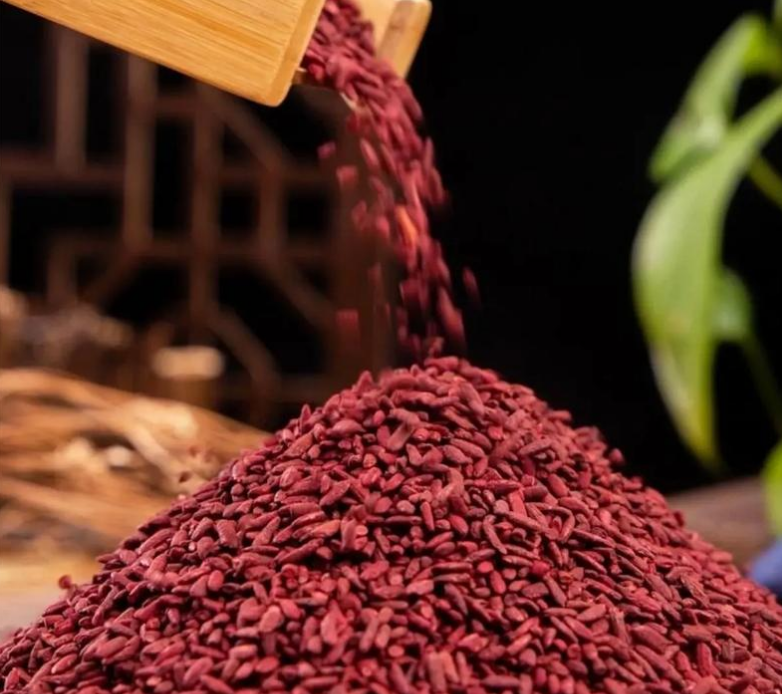Red yeast rice typically lowers LDL by 15-30% within 6-12 weeks with daily doses of 1,200-2,400 mg. Taking it with meals and combining it with a heart-healthy diet and regular exercise can further enhance results.
Typical Onset
When consuming to reduce levels of LDL cholesterol, most people experience the effects after 6-12 weeks of use. Studies conducted on individuals with high cholesterol indicate that, if taken daily, red yeast rice can reduce LDL by 15-30% in 6-12 weeks. For instance, in one study in which participants started at an average of 160 mg/dL, those taking daily supplements of red yeast rice saw their levels drop as low as 110-135 mg/dL after just 12 weeks of such regimen, depending on dosage and product quality. This timeline, combined with good lifestyle habits, proves effective at lowering LDL significantly for noticeable improvements in cardiovascular health.
Dosage is one of the prime influencing factors that determine results. Typical dosage for red yeast rice ranges within 600 mg to 2,400 mg per day. As such, subjects taking 1,200 mg a day commonly report reductions in LDL of approximately 20% after 6 weeks, while higher dosages of 2,400 mg can produce up to a 25-30% reduction over the same period of time. Efficacy also depends on the monacolin K concentration—the usual dosage of this compound is in the range of 2-10 mg per dose—and the higher the monacolin K content, the faster the onset of benefits. However, for proper dosages, people should consult health professionals since doses are very well tolerated, especially for proposed reductions of more than 20%, because at higher dosages, it may increase side effects.
A healthy diet can also accelerate LDL reduction when combined with red yeast rice. Accounting for even the synergistic effects between fiber and monacolin K—for example—if a person is taking RYR and making sure to include lots of high-fiber foods in their diet, perhaps oatmeal and legumes, then an average starting baseline LDL of 150 mg/dL may end up experiencing an LDL level around 105-120 mg/dL after 12 weeks. In comparison, someone using red yeast rice who has not been on a diet could only reduce their LDL through the supplement by 15-20%, which would be down to about 120-130 mg/dL over the same period. It goes without saying that changes in lifestyle will help and sometimes even complement taking the supplement, mainly for those whose desired goal is above a 25% reduction.
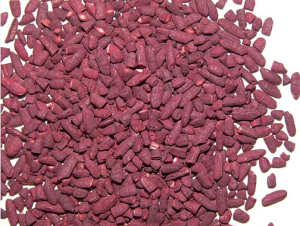
Individual Variation
Individual results with red yeast rice for lowering LDL cholesterol can vary widely, depending on factors such as age, baseline cholesterol levels, diet, and other factors of health. Younger adults, for example, ages 30-45 years old, who have mildly to moderately elevated LDL levels (around 130-160 mg/dL) may see reductions as high as 20-25% within 8 to 12 weeks. In contrast, the elderly population—above 55 years—and whose LDL levels were much higher, above 180 mg/dL, may see these changes at a slower rate, maybe closer to 10-15% within the same period. This difference due to age may be very much related to the metabolic factor and the action of these active ingredients in the body after the intake of red yeast rice.
Metabolism is another aspect that can alter the response time among different individuals. And individuals with a higher metabolic rate, as might be provided by genetic background, activity level, and body composition, could realize altered LDL levels sooner than this. In fact, if a standard 1,200 mg daily dose of red yeast rice is taken, individuals with more active lifestyles and higher lean muscle-to-fat ratios may actually achieve LDL reductions of 15-20% in as little as 6 weeks. In contrast, the persons with slower metabolisms and less active or sluggish people take up to 12 weeks to lower LDL to the same level. Thus, the differential rates of response place in proper perspective the role of supportive lifestyle choices besides the intake of red yeast rice.
Diet also goes a long way in determining how well red yeast rice works in lowering LDL cholesterol levels. Those on a diet high in whole grains, leafy greens, and healthy fats, such as avocados and olive oil, commonly see much larger reductions. For example, individuals with an LDL of 160 mg/dL who maintained a heart-healthy diet coupled with a daily dose of 1,200 mg of red yeast rice would expect to reduce their LDL to about 115-125 mg/dL within 10-12 weeks, thus achieving up to 25-30% reductions. In contrast, those receiving no dietary modification may have reductions only in the range of 10-15% in such a period, thus reducing their LDL to about 135-140 mg/dL.
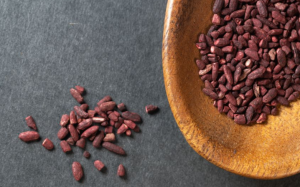
Dosage
The dosing of red yeast rice significantly impacts the efficacy and rapidity of action of LDL cholesterol reduction. Indeed, studies have proven that the usual dosage of 1,200 mg per day is needed to induce a moderate cholesterol reduction, which should reduce LDL by approximately 15 to 20% in 8 to 12 weeks. This would mean that a person starting off with an LDL of 160 mg/dL could expect to come down to about 128-136 mg/dL after daily intake. Higher doses, such as 2,400 mg per day, may result in reductions up to 25-30%, bringing LDL to 112-120 mg/dL for someone who started off at 160 mg/dL within a similar timeframe. These results suggest that higher doses may benefit those seeking more rapid or greater reductions but are also cautioning against adverse side effects.
Small reductions are possible with doses as low as 600 mg per day, although the effect is smaller in most cases. At this dose, common derivations seem to fall between 10-15% in the standard 8 to 12-week period. A person with an LDL of 160 mg/dL taking 600 mg daily would be expected to see a reduction to 136-144 mg/dL. This dose might be indicated for patients with only mildly elevated LDL or those who are more sensitive to the higher doses. Lower doses have a more gentle approach in managing cholesterol levels, but they take longer or another change in life to reach target LDL levels, especially among people with high baseline levels.
Dosage can also affect outcomes by the known monacolin K content, the active component of red yeast rice that exerts similar effects to statins. All red yeast rice products can differ in their monacolin K content, which can be 2 mg-10 mg per serving. Studies demonstrate that daily 10-mg doses of monacolin K in RYR can reduce LDL 20-30% after 8-12 weeks of consumption. In products that contain only 2-4 mg of monacolin K, the LDL reduction would probably be closer to 10-15%, even if the overall dosage of red yeast rice remains at 1,200 mg. This means that the product of choice, in trying to increase the total LDL reduction without necessarily increasing the total daily consumption of red yeast rice, should contain a higher concentration of monacolin K.
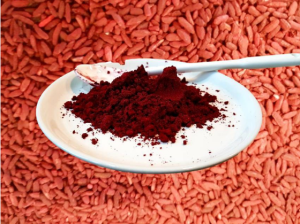
Monacolin K Concentration
Monacolin K is one of the main active principles in the red rice yeast responsible for the cholesterol-lowering actions and highly depends on its concentration. Normally, products range from 2 mg to 10 mg of monacolin K per dose. The higher the concentration, the more LDL will be reduced. The studies indicate that supplements of red yeast rice can reduce LDL approximately 20-30% over a period of 6 to 12 weeks with 10 mg of monacolin K. For example, an individual with an LDL of 160 mg/dL may see his or her LDL decrease to about 112-128 mg/dL with the supplement dose containing 10 mg of monacolin K.
Lower doses of monacolin K, in the range of 2-4 mg per dose, exert the more modest effects and usually result in an LDL reduction of 10-15% within the same time. In the case of a person with an LDL of 160 mg/dL, it would fall down to 136-144 mg/dL after 8-12 weeks on the dose of 2-4 mg of monacolin K. These are perhaps lower-concentration products that would be more appropriate for people with mildly elevated LDL or for those who are concerned about the potential side effects of higher monacolin K intake. However, those looking for more pronounced cholesterol reduction—especially if their LDL level exceeds 160 mg/dL—may want to seek out products containing at least 5-10 mg of monacolin K.
Those with higher baseline LDL levels may require higher concentrations of monacolin K to effectively lower it. Subjects in one study who started the study with an LDL above 180 mg/dL and received daily a red yeast rice supplement that contained 10 mg of monacolin K had an average reduction of LDL by 25-30% to an LDL of 126-135 mg/dL at 12 weeks of therapy. For comparison, patients using products that contain only 4 mg of monacolin K had closer to 15% reductions to approximately 153 mg/dL. These differences might suggest that for higher starting cholesterol values, products with higher concentration of monacolin K provide a more impactful effect.
Diet and Lifestyle
The effectiveness of the red yeast rice as a method to reduce LDL cholesterol is very diet and lifestyle-based. Studies have shown that when combined with a heart-healthy diet and with products that are high in fiber, omega-3 fatty acids, and low in saturated fats, the red yeast rice can achieve reductions between 25 and 30 percent of LDL within an interval of 8 to 12 weeks. For example, all those individuals whose starting LDL was 160 mg/dL. Then all such patients were seen taking 1,200 mg of red yeast rice with their diet full of soluble fiber obtained from oats, beans, flaxseeds, etc. and their LDL goes to a level likely to be around 110-120 mg/dL. In contrast, for those who just take red yeast rice without changing their diet, the LDL decreases a bit more modestly by 15-20% to bring their LDL to 128-136 mg/dL over the same period.
Beyond dietary changes, red yeast rice has additional potential for reducing LDL through exercise. Adding to this, aerobic exercise like brisk walking, cycling, or swimming for at least 30 minutes daily for five days a week has also been seen as adding an additional 5-10% in lowering LDL with the supplement of red yeast rice. For example, for a person with an LDL of 160 mg/dL, adding daily exercise and taking a 1,200 mg supplement of red yeast rice will lower it by 25-30%, putting his or her LDL at around 112-120 mg/dL. If a patient takes only the red yeast rice and does not begin exercising, he might reach an LDL of 128-136 mg/dL, lowering his LDL by just 15-20%.
For maximum effect from red yeast rice, saturated fats should be reduced in addition to the avoidance of trans fats in the diet. For example, using lean proteins like fish or chicken or plant-based proteins in place of red meat and processed food would further lower LDL levels. Those who follow a diet low in saturated fats, and also take 1,200 mg of red yeast rice, can decrease LDL by as much as 20-30% in 10-12 weeks to reach, say, 112-128 mg/dL, from a baseline of 160 mg/dL. People whose diet contains very high levels of saturated fats might only show a decline of 10-15% and result in levels of 136-144 mg/dL. This finding shows the contribution diet makes to enhancing the cholesterol lowering of red yeast rice.
Body weight is another lifestyle variable that influences the magnitude of the LDL reduction produced by red yeast rice. Clinical trials have shown that participants who achieve a weight loss of 5-10% through lifestyle modifications in exercise, diet, and supplementation with red yeast rice further reduce their LDL more than would be predicted by the active components of red yeast rice alone. Using this, one can visualize that for someone who starts off with an LDL of 160 mg/dL, a 10% reduction in total body weight may decrease LDL by an additional 10-15% beyond the decreases seen with red yeast rice, lowering the overall LDL reduction to 25-35% and the overall LDL level to approximately 104-120 mg/dL. In contrast, other people who have a weight that is stable or even increasing will only experience the modest baseline reductions afforded by red yeast rice alone, most likely averaging 15-20% without the added advantage of weight loss.
Baseline LDL Levels
Baseline LDL is a major modifier of the response to red yeast rice as a cholesterol-lowering agent. Individuals starting with high levels, such as 180 mg/dL or higher, often experience much larger absolute reductions compared with those who have moderately elevated levels of 130-150 mg/dL. For instance, a person with a base-level LDL of 180 mg/dL and taking 1,200 mg of red yeast rice daily can expect reductions between 25-30% over 8 to 12 weeks, which would lower the LDL to approximately 126-135 mg/dL. In contrast, beginning with an LDL level of 140 mg/dL on the same dosage of 1,200 mg/day may justify a reduction of 15-20%, bringing their LDL to approximately 112-119 mg/dL within the same period.
In those with very high LDL levels—for example, above 200 mg/dL—the effect of red yeast rice appears to be even more accentuated. Reports indicate that those with more than 200 mg/dL LDL levels who get 1,800-2,400 mg of red yeast rice daily can actually lower their levels by as high as 30-35% after 12 weeks. This would mean that someone starting off with an LDL of 200 mg/dL could get their LDL down to about 130-140 mg/dL with regular supplementation and associated lifestyle changes. For someone falling into this range, red yeast rice, together with a heart-healthy diet and exercise, may emphasize such effects and probably even allow reaching target LDL levels in less time.
In contrast, individuals with more moderate LDL elevations—approximately 130-150 mg/dL—usually experience more modest responses to RYR therapy alone. For example, in such situations where 1,200 mg is taken daily, one would expect an approximate 10-15% reduction in LDL over 8-12 weeks; this, in turn, translates into a movement of levels from 140 mg/dL to approximately 119-126 mg/dL. While the reduction is not so profound, this can still be clinically significant for someone trying to keep their cholesterol at healthful levels. For them, further dietary interventions like increased fiber intake or omega-3 supplementation may enhance the effect and achieve further reductions of 15-20% to bring the LDL closer to 110-115 mg/dL.
Consistency
It is very important to take the red yeast rice every day on a routine basis for good LDL cholesterol reductions. In studies, daily administration of red yeast rice typically produced LDL reductions in a range of 15-30% over periods of 8 to 12 weeks. With a daily dose of 1,200 mg of red yeast rice, LDL could come down from 160 mg/dL to as low as 112-136 mg/dL within 12 weeks. Fair, irregular users, or those taking the dose sporadically or missing it regularly, manage reductions of only around 10-15%, which brings the LDL down to 136-144 mg/dL.
Time of doses. Taking red yeast rice at the same time of day, more importantly with meals, may enhance absorption and overall efficacy. A person with an LDL level of 180 mg/dL taking 1,800 mg a day of red yeast rice at dinner can expect up to 30% reductions, which would lower LDL to about 126 mg/dL in 10-12 weeks. While taking the same dose irregularly, without paying any attention to timing, may bring this reduction only to about 20%, to 144 mg/dL of LDL. Thus, this example shows that the maintenance of daily routine with the same timing can enhance the supplement’s LDL-lowering effect.
The longer the consistency, the more sustainable the results. Those individuals who take the red yeast rice for more than just 12 weeks will most likely maintain their lowered LDL levels. For instance, a person whose LDL is reduced by 25% in 12 weeks, say from 160 mg/dL to 120 mg/dL, might continue to enjoy their now reduced LDL levels and possibly even lower them with the same regimen. If they stop using it, LDL levels will tend to revert to baseline, creeping back up toward 160 mg/dL over a period of several months. Thus, chronic use of red yeast rice provides more sustained cholesterol management over time.
